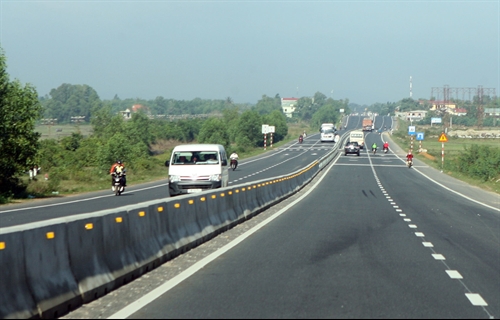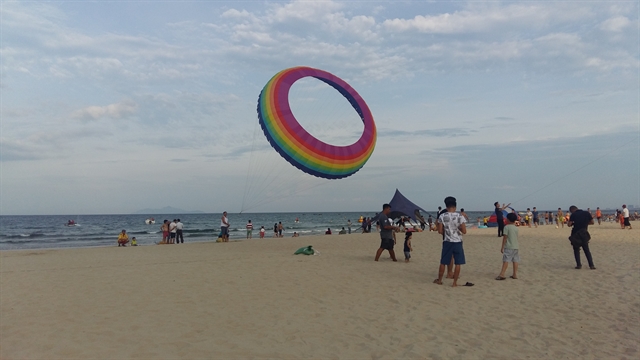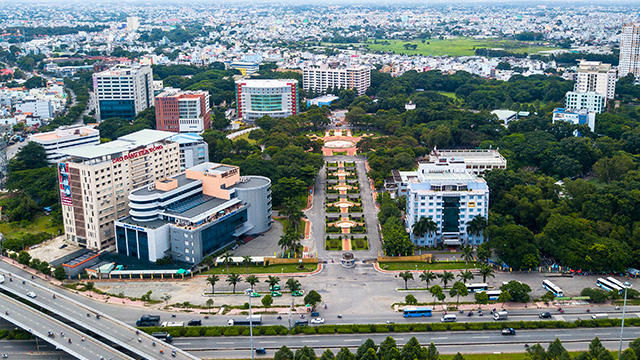 Society
Society

" />Motorists along National Highway 1A section from central Thanh Hóa Province to southern Cần Thơ Province are far more prone to accidents since almost two-thirds of the stretch is devoid of any anti-glare panels, Tiền Phong (The Vanguard) newspaper reported.
 |
| National Highway No 1A runs through central Hà Tĩnh Province. Motorists traveling from Thanh Hóa Province to Cần Thơ Province are prone to accidents because almost two-thirds of the route lacks anti-glare panels. — VNA/VNS Huy Hùng |
HÀ NỘI – Motorists along National Highway 1A section from central Thanh Hóa Province to southern Cần Thơ Province are far more prone to accidents since almost two-thirds of the stretch is devoid of any anti-glare panels, Tiền Phong (The Vanguard) newspaper reported.
The anti-glare panels are supposed to be installed on the road dividers to help drivers see vehicles coming from the opposite side and thus avoid any accident.
Nguyễn Chiến Thắng, a police officer of Hà Tĩnh Province’s traffic police department said in the first two months of this year, the number of accidents occurring in the province increased.
Another traffic police officer of Hồng Lĩnh Town in the province said most of the accidents had happened because vehicles collided when the drivers could not see the oncoming traffic.
“We have reported the problem to higher authorities but have yet to receive any feedback,” he said.
Bùi Đình Nam, a truck driver who often drives along these curvy roads without anti-glare panels said driving at high speed on these stretches was very dangerous. Drivers can do little except to keep honking.
The waist-high central dividers, which are actually concrete blocks, also pose a potential risk on the highway.
The locals usually climb over these dividers, which are so low that at night, cars running in opposite directions shine their headlights on each other, thus momentarily blinding the drivers and causing accidents, according to Vũ Ngọc Lăng, Director of the Traffic Safety Agency under the General Road Administration.
Even along the sections equipped with anti glare panels, residents have brought down panels at some places to make it easier for them to cross the road.
According to Dương Viết Roãn, deputy head of Construction Management and Transport Quality Department, to save expenses, leading officials from transport ministry allowed to install anti-glare panels only along the highway sections where the road curves or passes through densely-populated areas.
He denied the accusation that the highway’s contractors and investors had cut down expenses.
He said the ministry did not invest in anti glare panels as it could have jacked up the bill by VNĐ700-800million (US$31,100-35,560) per km, adding that the department would rather consider placing these panels first on sections vulnerable to risk.
However, many transport experts have proposed that installing anti glare panels should be a task that the ministry needs to undertake urgently to ensure traffic safety.
They estimate that compared to the VNĐ14trillion ($622million) remaining funding for highways 1A, spending an amount of VNĐ700-800million is affordable. — VNS









